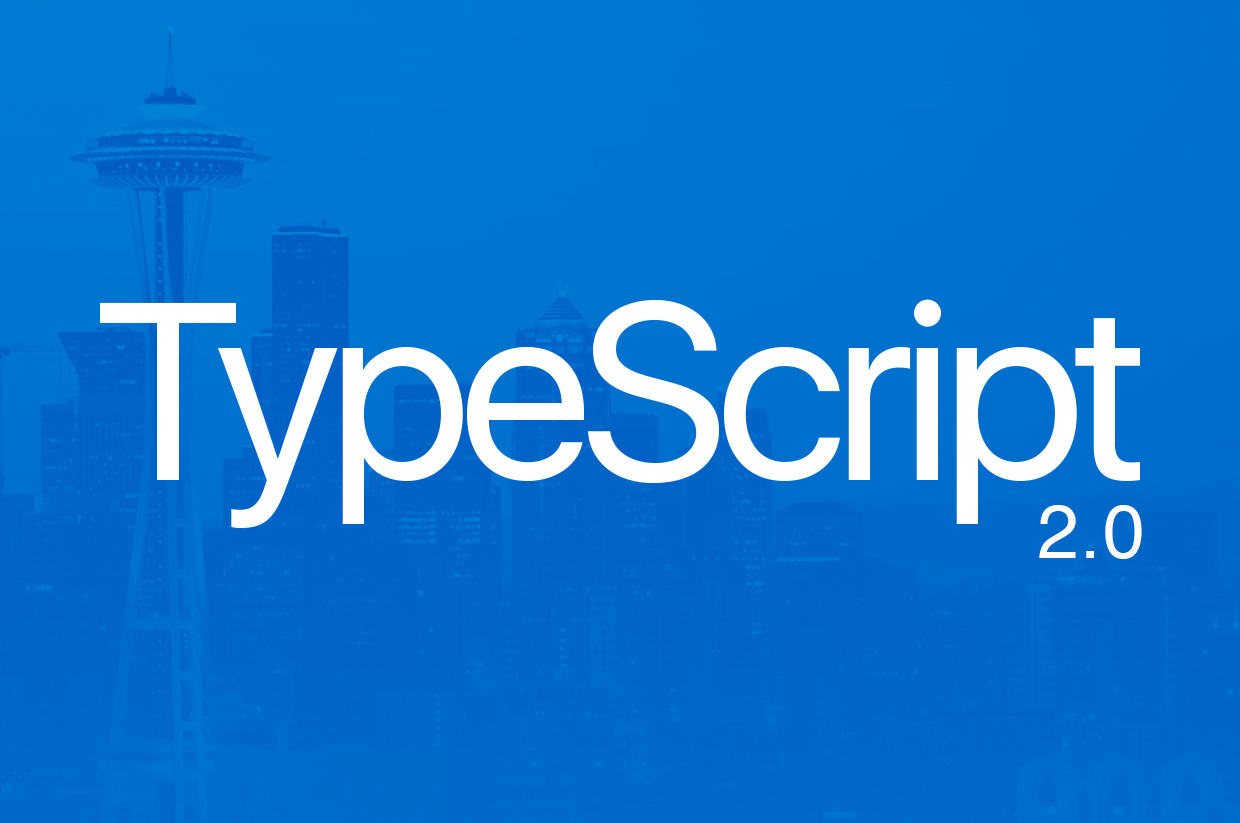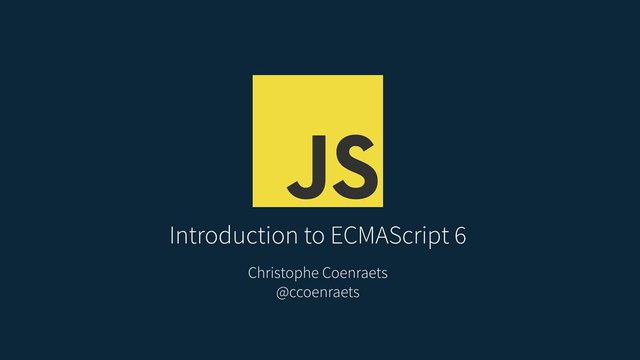
Typescript
TypeScript is both a language and a set of tools to generate JavaScript. It was designed by Anders Hejlsberg at Microsoft (the designer of C#), as an open-source project, to help developers write enterprise scale JavaScript. JavaScript has become widely adopted by programmers around the world – as it can run in any browser on any operating system. With the creation of Node, JavaScript can now also run on the server, desktop or mobile.
TypeScript generates JavaScript – it's as simple as that. Instead of requiring a completely new runtime environment, TypeScript generated JavaScript can re-use all of the existing JavaScript tools, frameworks, and wealth of libraries that are available for JavaScript. The TypeScript language and compiler, however, brings the development of JavaScript closer to a more traditional object-oriented experience.

EcmaScript
JavaScript as a language has been around for a long time, and is also governed by a language feature standard. The language defined in this standard is called ECMAScript, and each browser must deliver functions and features that conform to this standard. The definition of this standard helped the growth of JavaScript and the web in general, and allowed websites to render correctly on many different browsers on many different operating systems. The ECMAScript standard was published in 1999 and is known as ECMA-262, third edition.
With the popularity of the language, and the explosive growth of internet applications, the ECMAScript standard needed to be revised and updated. This process resulted in a draft specification for ECMAScript, called the fourth edition. Unfortunately, this draft suggested a complete overhaul of the language, and was not well received. Eventually, leaders from Yahoo, Google and Microsoft tabled an alternate proposal which they called ECMAScript 3.1. This proposal was numbered 3.1, as it was a smaller feature set of the third edition, and sat "between" edition 3 and 4 of the standard.
This proposal was eventually adopted as the fifth edition of the standard, and was called ECMAScript 5. The ECMAScript fourth edition was never published, but it was decided to merge the best features of both the fourth edition and the 3.1 feature set – into a sixth edition named ECMAScript Harmony.
The TypeScript compiler has a parameter that can be modified to target different versions of the ECMAScript standard. TypeScript currently supports ECMAScript 3, ECMAScript 5 and ECMAScript 6. When the compiler runs over your TypeScript, it will generate compile errors if the code you are attempting to compile is not valid for that particular standard. The team at Microsoft has also committed to follow the ECMAScript standards in any new versions of the TypeScript compiler, so as and when new editions are adopted, the TypeScript language and compiler will follow suit.
An understanding of the finer details of what is included in each release of the ECMAScript standard is outside of the scope of this book, but it is important to know that there are differences. Some browser versions do not support ES5 (IE8 is an example), but most do. When selecting a version of ECMAScript to target for your projects, you will need to consider which browser versions you will be supporting.
Source: https://books.google.com/books?id=81MoDwAAQBAJ&pg=PA10&lpg=PA10&dq=TypeScript+is+both+a+language+and+a+set+of+tools+to+generate+JavaScript.+It+was+designed+by+Anders+Hejlsberg+at+Microsoft+(the+designer+of+C%23),+as+an+open-source+project,+to+help+developers+write+enterprise+scale+JavaScript.&source=bl&ots=kZqRtfxPvD&sig=y6jgnrt_eercaGrrv4u4I1tJLdY&hl=en&sa=X&ved=0ahUKEwjk07KKyIDWAhUJ64MKHZ2GALMQ6AEIKDAA#v=onepage&q=TypeScript%20is%20both%20a%20language%20and%20a%20set%20of%20tools%20to%20generate%20JavaScript.%20It%20was%20designed%20by%20Anders%20Hejlsberg%20at%20Microsoft%20(the%20designer%20of%20C%23)%2C%20as%20an%20open-source%20project%2C%20to%20help%20developers%20write%20enterprise%20scale%20JavaScript.&f=false
Not indicating that the content you copy/paste is not your original work could be seen as plagiarism.
Some tips to share content and add value:
Repeated plagiarized posts are considered spam. Spam is discouraged by the community, and may result in action from the cheetah bot.
Creative Commons: If you are posting content under a Creative Commons license, please attribute and link according to the specific license. If you are posting content under CC0 or Public Domain please consider noting that at the end of your post.
If you are actually the original author, please do reply to let us know!
Thank You!
Downvoting a post can decrease pending rewards and make it less visible. Common reasons:
Submit